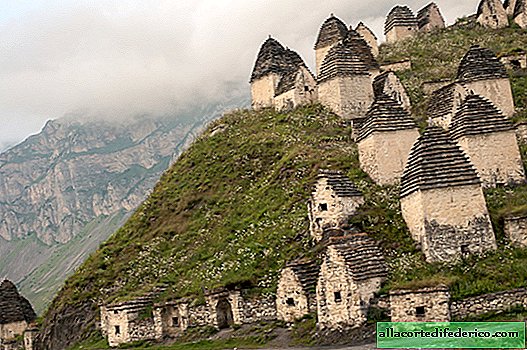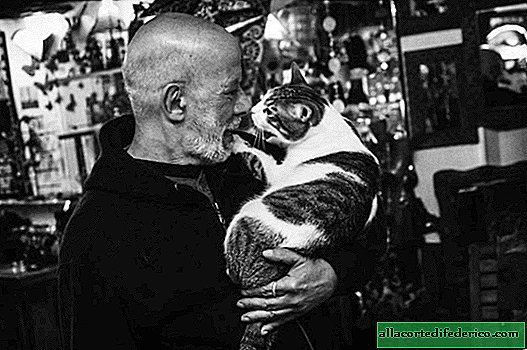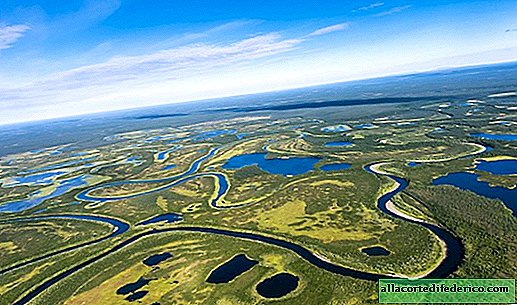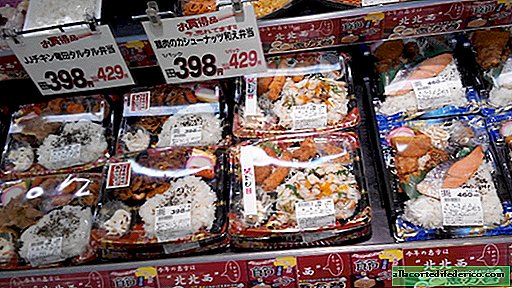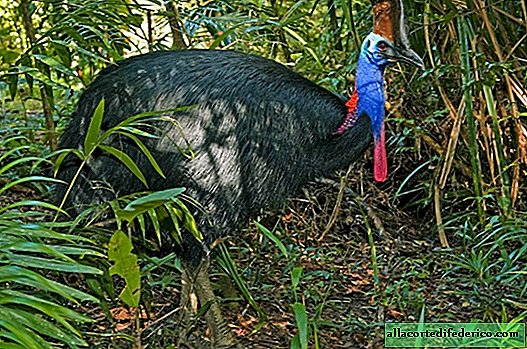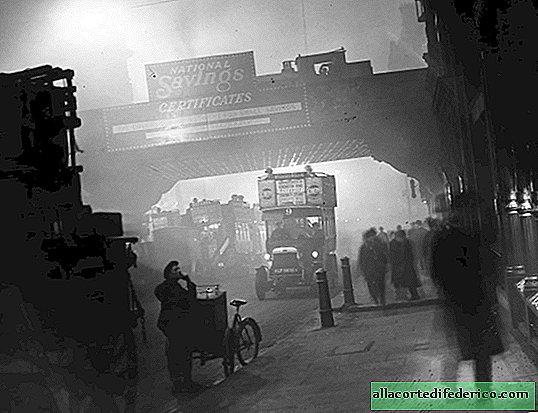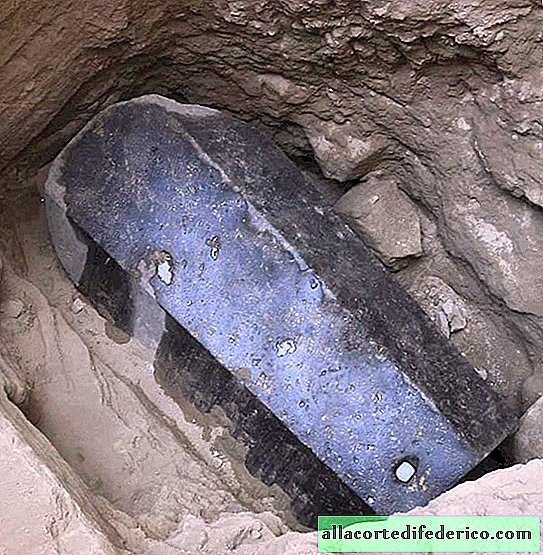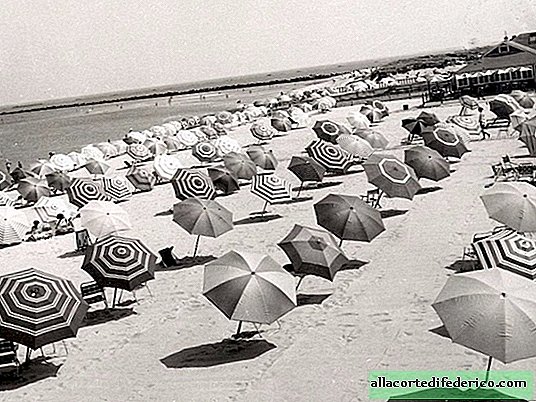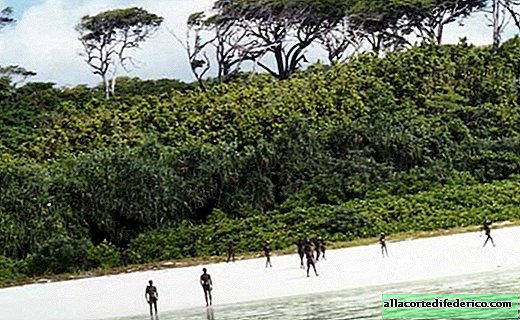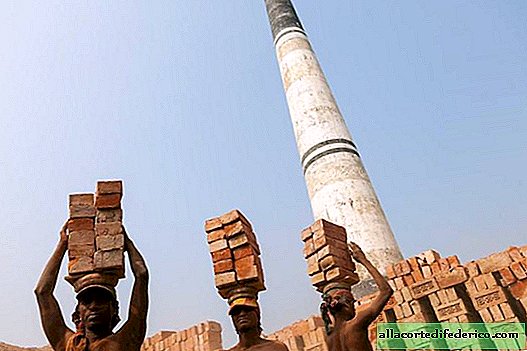Berastagi, northern Sumatra
It so happened that we had a hell of a little time to penetrate the life of this mountainous Sumatran town. Pursued by the weather and a piercing icy wind, we spent a little more than a day in Berastagi. Nevertheless, this watch left a lot of impressions in its memory. In between climbing the Sibayak volcano and visiting the legendary Berastagi market, I managed to take some photos, which I accompanied with brief comments.
After several hours of endless car races on public roads, the driver of our “tourist minibus” miraculously drove us from the village of Bukit-Lavang to Berastagi. Only 100,000 rupees per person, several hours of suicidal curious horror - and here we are in the center of agriculture and many interesting stories!
The name of the city, Berastagi, means “rice warehouse” in the local Karo language. The city owes its entire appearance to the Dutch colonialists, who contributed to the education of the people of Indonesia in the 19th century. And if in Java or Lombok this happened in powder smoke, then in Sumatra trade and missionary work developed primarily. Despite the aggressiveness of the local cannibals of the Batak, the Dutch managed to instill in them the basics of agriculture, which, coupled with the importation of fruit and vegetable crops, forever made Berastagi one of the strategic points in Sumatra.
Another interesting factor was the tourism component - not every city can boast of two smoking volcanoes within walking distance.
The central street of the 50,000th Berastagi (on this indicator the city can be compared with Lytkarino near Moscow) is decorated with a monument in honor of the fighters for independence.
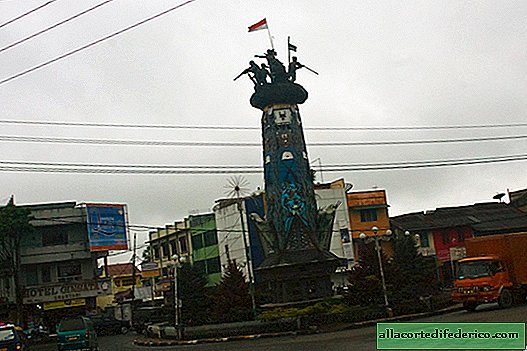
The population of Sumatra is mostly Muslim. Karo County, which includes Berastagi, is no exception. However, there are many Catholics and Protestants - many former cannibals better than others took the new, Christian faith, which came to them with the colonialists and remained to this day.

Differences in religions do not incite hatred - in Sumatra they mostly live very friendly, and family affiliation is much more important than religious affiliation.

Schoolgirls are returning home.

Coming home, these girls turn on the computer and climb into Facebook. Many children in Sumatra have social media accounts.

And the boys, meanwhile, are already chasing the ball.

Locals from young to old are extremely welcoming and are sometimes even embarrassed by the appearance of foreigners.

The standard of living in Berastagi is quite high. Despite the low incomes of the population, food is fresh and inexpensive, and utilities are generally almost in vain. So almost every house has a car.

Vegetables and fruits grow everywhere, every garden and fence is decorated with flowers.

The most popular transport in Sumatra is a small minibus minibus. Outside view:

And from the inside:

Some minibuses are redone from pickups and therefore have an entrance from the tailgate.

Various models of minibuses and buses not only famously drive, but also demonstrate excellent decor. By the way, the majority of drivers on local flights do not have a driver’s license - a “fine” on the topic of his absence is democratic and incomparably less stress received during the official procedure for obtaining police rights.

It is customary to carry heavy and bulky goods on the roof of the bus.

Another of the traditional modes of transport is a horse cart. At the ready:

On the central square of Berastagi there is a small market intended for tourists and having nothing to do with the legendary local Berastagi market.

The central, and essentially the only, Berastagi street, JJ Veteran. There are guesthouses, a hospital, administration and cafeterias.

Local motorists pay tribute to the car.

Cars have been around for decades.

But once they have to feed themselves eternity.

Indonesians respect transport. Any vehicle, whether it be a bicycle, trolley or car, is used until the last breath of the motor and the last turn of the wheel.



